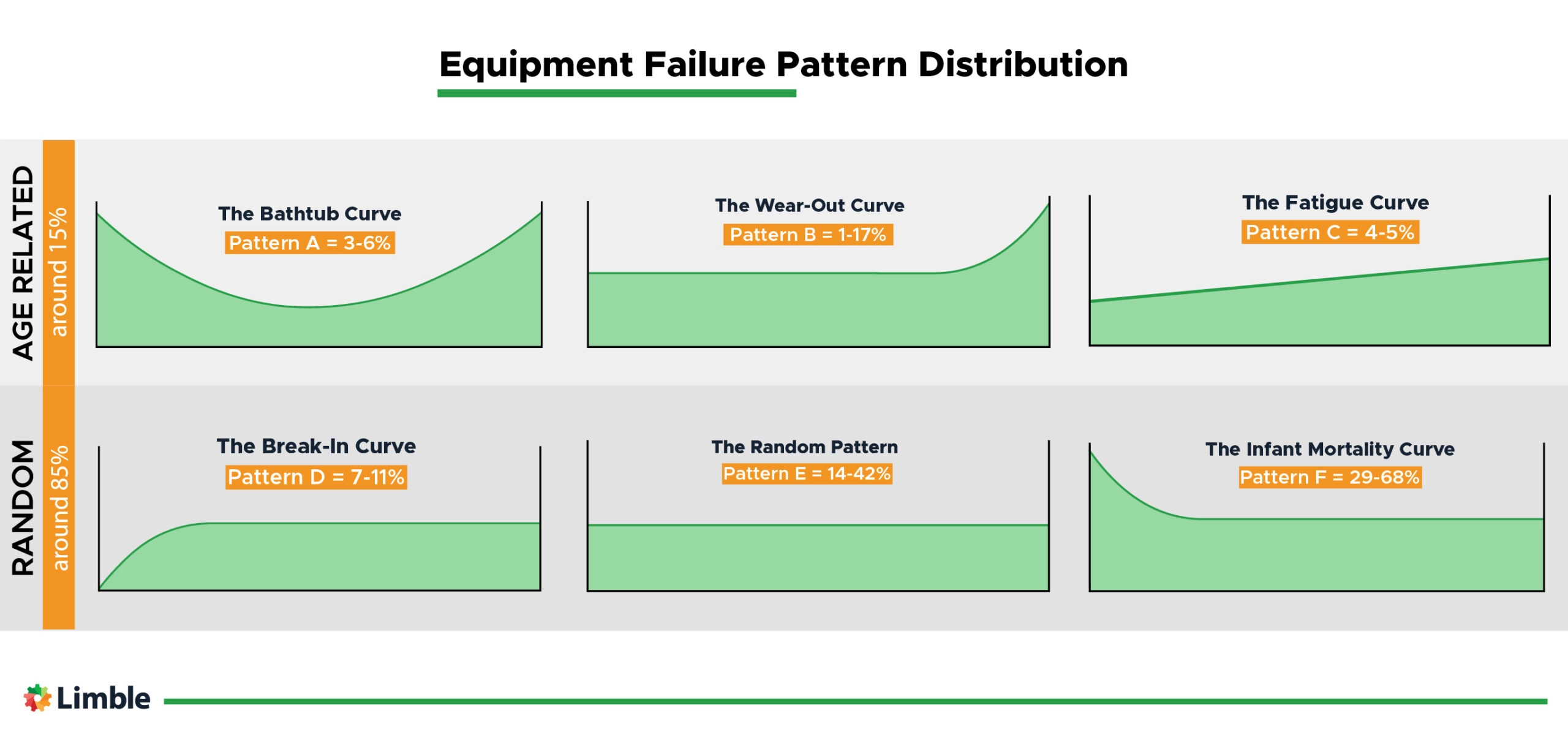

Gear gone bad: The frustration of equipment failure on adventure trips is a common experience for many outdoor enthusiasts. From trekking expeditions to weekend camping trips, the unexpected breakdown of crucial gear can turn an enjoyable experience into a frustrating ordeal. This article will delve into the common causes of equipment failure on adventures, exploring preventative measures and strategies for minimizing the risk of costly repairs or the unexpected halt of your journey. We’ll uncover common issues like faulty backpacks, malfunctioning tents, unreliable navigation systems, and damaged clothing that can derail an adventure. The article will also provide practical tips for checking your gear and preparing for potential problems. The structure will include a discussion of the causes of gear failure, preventative strategies, and techniques to handle these situations during outdoor adventures.
Understanding the Causes of Gear Failure
Identifying the Root of the Problem
Gear failure on adventure trips can stem from a variety of factors, ranging from manufacturing defects to improper usage and environmental stress. A comprehensive understanding of these root causes is essential for implementing effective preventative measures. Poor maintenance practices, such as neglecting to perform regular upkeep or not following manufacturer recommendations, are frequently cited factors. Exposure to harsh weather conditions, including extreme temperatures, excessive moisture, and prolonged sun exposure, can significantly damage equipment. Over time, mechanical wear and tear, from constant use and the rigors of carrying gear, are another common culprit. Ignoring these signs of wear and tear can lead to unexpected breakdowns, ruining a planned adventure. Additionally, factors like unforeseen accidents or improper user-interaction with the equipment are often at fault.
Prevention is Key: Preparing for Potential Gear Failures
Proactive Measures for Avoiding Disaster
Preventing gear failure often involves proactive measures that extend beyond simple maintenance. Thorough pre-trip checks are paramount to identifying potential issues before they become major problems. Ensure all components of your gear are in working order, checking straps, zippers, seams, and any other potentially problematic areas. Before your adventure, test your gear’s functionality to identify and address potential weaknesses. This proactive approach can prevent unnecessary downtime and disruptions to your trip. Testing navigation systems and other crucial equipment in a controlled environment before embarking on your adventure is recommended. Furthermore, consider carrying extra components or spare parts, or keeping a gear repair kit in your gear bag. This precaution can save you from extensive damage and frustration in case of minor issues.
Handling Gear Failure: Dealing with the Unexpected
Developing a Troubleshooting Plan
When gear fails during an adventure, a prepared strategy is critical. Understanding the implications of a failure and developing a backup plan is essential. For example, if your tent malfunctions, having a spare tarp or emergency shelter can keep you protected and ensure that your trip doesn’t have to be cut short. Having various options in a contingency plan can help to mitigate the risks and challenges of such events. Furthermore, learning essential repair skills before your trip can prove invaluable, especially if you are going off the beaten path or to a remote location. If you are skilled at basic repairs, you can often address minor issues yourself and get back on track quickly. This can save you from costly repairs or delays. For more complex issues, plan to contact local vendors or specialists if possible. Even knowing who to contact in case of unexpected trouble can increase peace of mind.
The Importance of Gear Maintenance
Regular Checks and Correct Procedures
Regular maintenance is crucial for the longevity and reliability of adventure gear. Proper cleaning, storage, and lubrication are all key elements to extend the life of your equipment and mitigate the risk of potential failures. Different types of gear require different maintenance schedules. For example, tents need regular cleaning and inspection to prevent mildew and to check for tear or damage. Backpacks need regular checks on the straps and stitching, ensuring the durability of the backpack. Navigation equipment, such as GPS devices, need to be calibrated regularly to ensure accurate readings. Keeping a maintenance log for each item can help you track maintenance intervals and ensure that you are following best practices for all your gear. Following these practices ensures the equipment will last longer and function correctly during the adventure.
Choosing the Right Gear: Selecting Reliable Equipment
Factors to Consider When Buying Gear
When purchasing gear for adventure trips, selecting reliable products is essential for a positive experience. Investing in higher quality gear, though often more expensive, often results in greater durability, thus, reducing the risk of costly repairs and equipment failure. Reading reviews and checking for reputable manufacturers are crucial factors to consider. Choosing equipment from brands known for their quality and reliability is vital. You should also consider the specific needs of your trip, the environment, and the expected conditions. For instance, if you plan to hike in harsh winter conditions, investing in high-quality, waterproof, and insulated gear is a must. Don’t sacrifice quality for a lower price, as that could negatively impact your journey and increase the chances of having problems during the trip.
Case Study: Gear Failure on a Backpacking Trip
Lessons from Real-World Experiences
Consider a recent backpacking trip where a climber experienced a broken trekking pole while climbing a steep incline on a mountain trail. The pole broke due to accumulated wear and tear and the climber had to improvise with improvised materials, losing some time on the trip. Had the climber checked the trekking pole before the trip, the failure would have been discovered and potentially prevented. In this case, it is clear that pre-trip checks could have easily prevented problems that were only discovered once the issue emerged. Having a backup plan can be the difference between being inconvenienced versus having to interrupt the trip. These real-world examples underscore the importance of investing time and resources into properly maintaining adventure gear.
Frequently Asked Questions
What are some common causes of gear failure during adventures?
“Gear gone bad” on adventure trips stems from various factors, from inherent design flaws to improper usage or neglect. Poor maintenance, harsh environmental conditions, exposure to excessive elements, and over-reliance on the equipment in extreme situations are common culprits. Lack of proper pre-trip checks, insufficient storage practices, and repeated use under tough situations can also contribute to premature failure. Additionally, user error, such as forcing the equipment beyond its intended limits or not following maintenance procedures, can be a significant factor.
In conclusion, gear failure on adventure trips can be incredibly frustrating and even dangerous. Proper pre-trip gear checks, maintenance, and backup plans are crucial for mitigating risk and ensuring a successful and safe experience. By learning from common failures and proactively addressing potential issues, adventurers can avoid costly repairs, wasted time, and the disappointment of equipment letting them down. Remember to research your gear thoroughly, follow manufacturer guidelines, and always prioritize safety. Don’t let “gear gone bad” ruin your next adventure! Plan ahead, be prepared, and enjoy the journey! To avoid future issues, consider investing in a robust gear repair kit and learning basic repair skills. This approach can save you time, money, and potentially even your adventure.